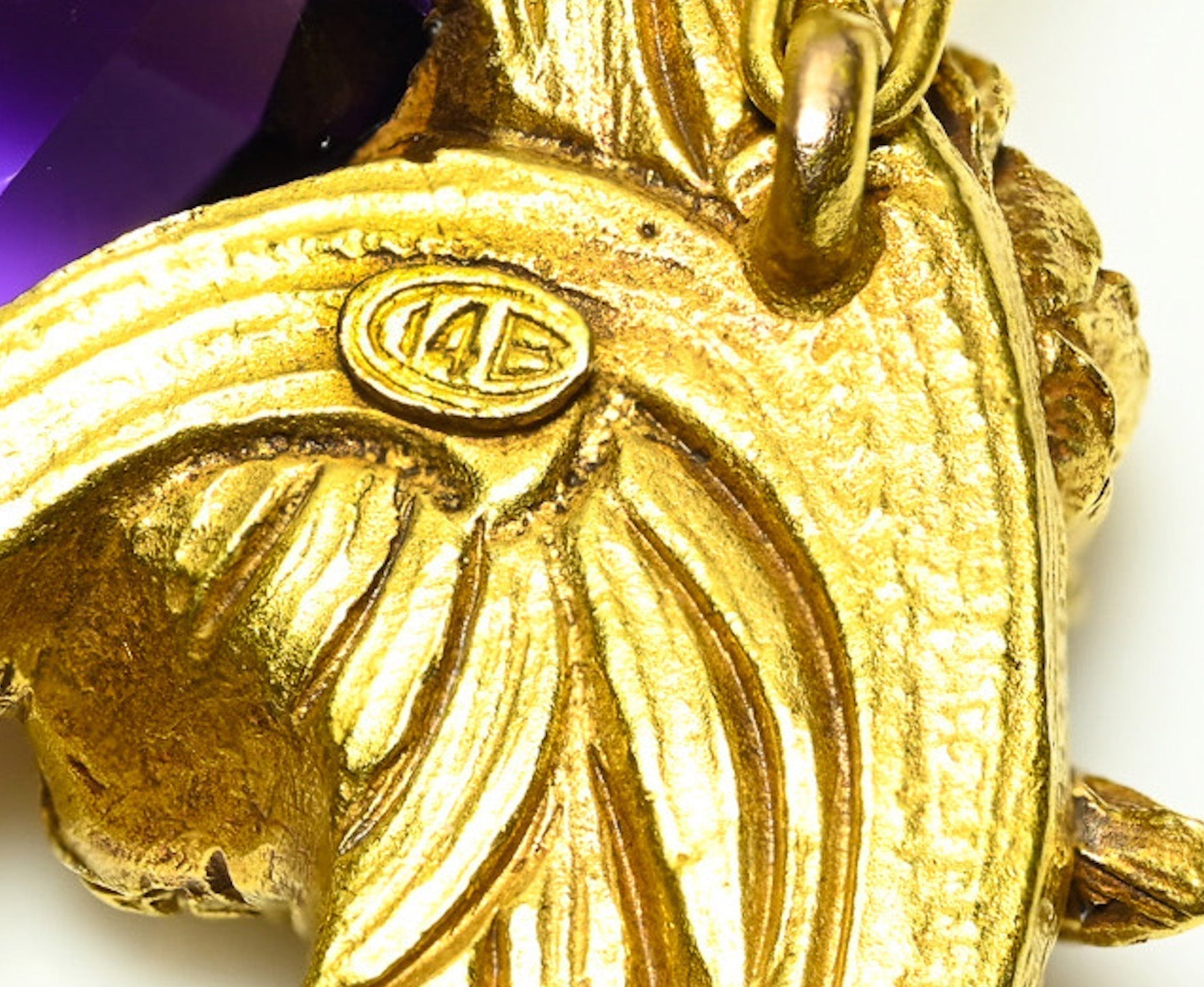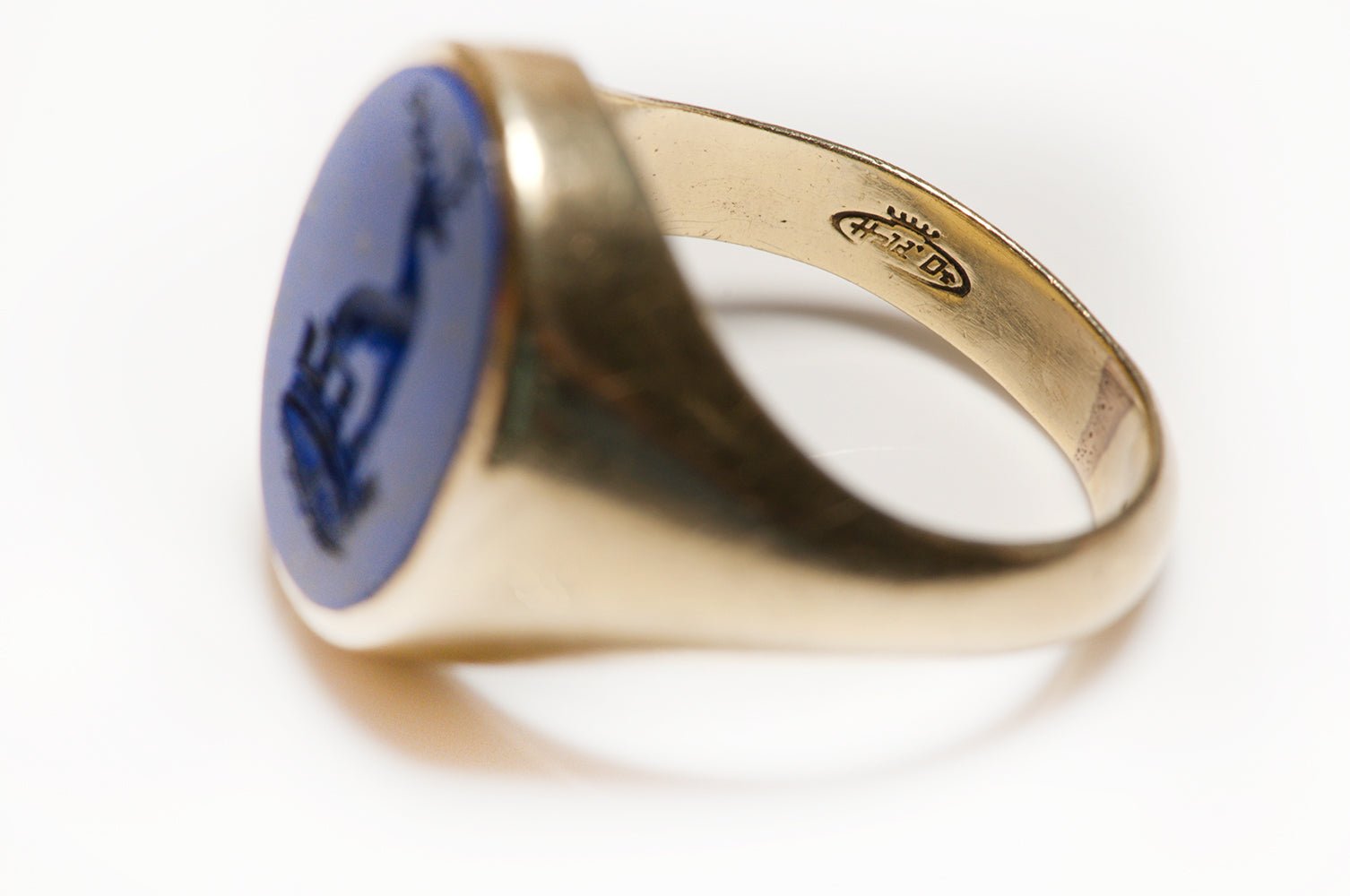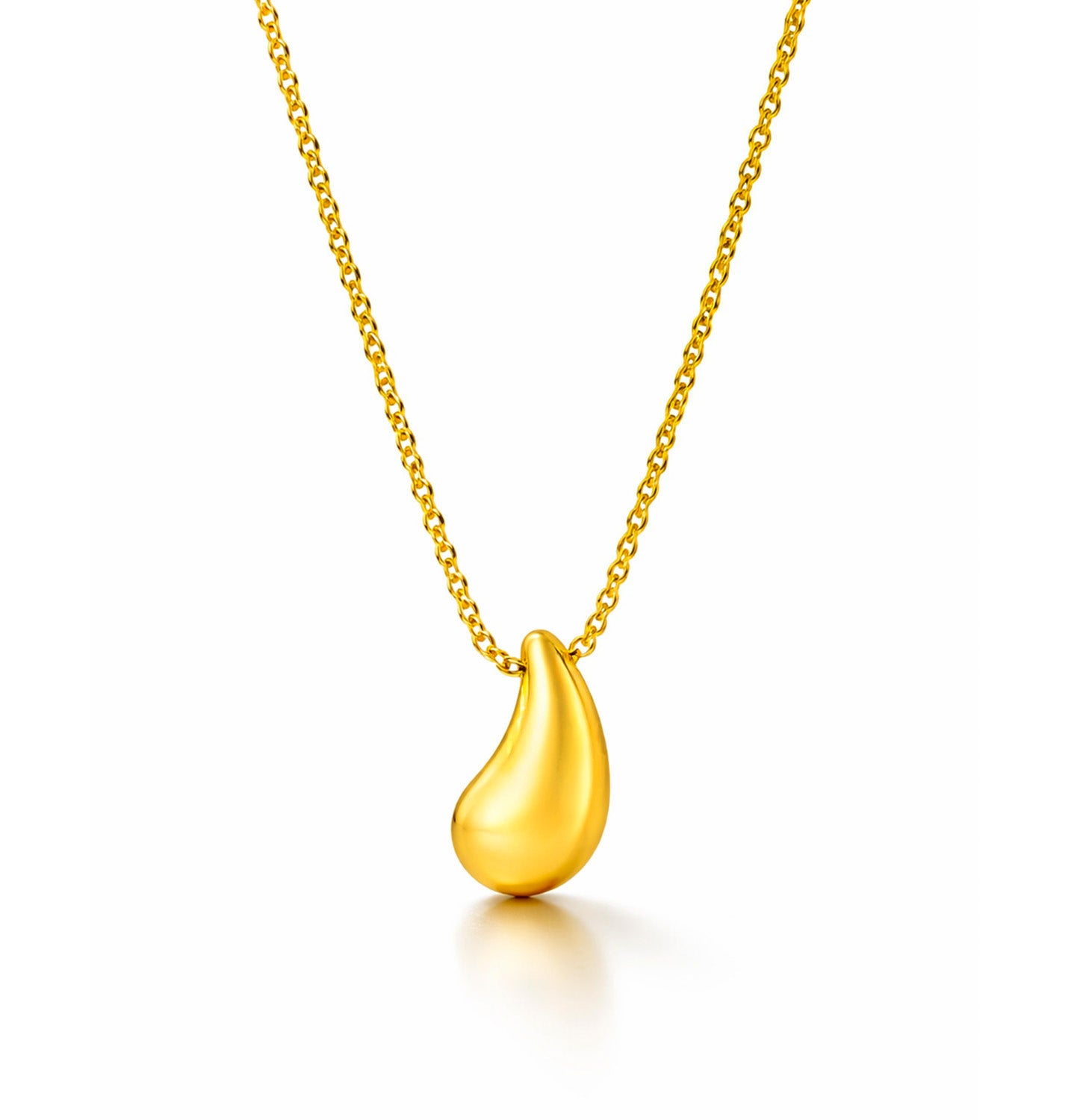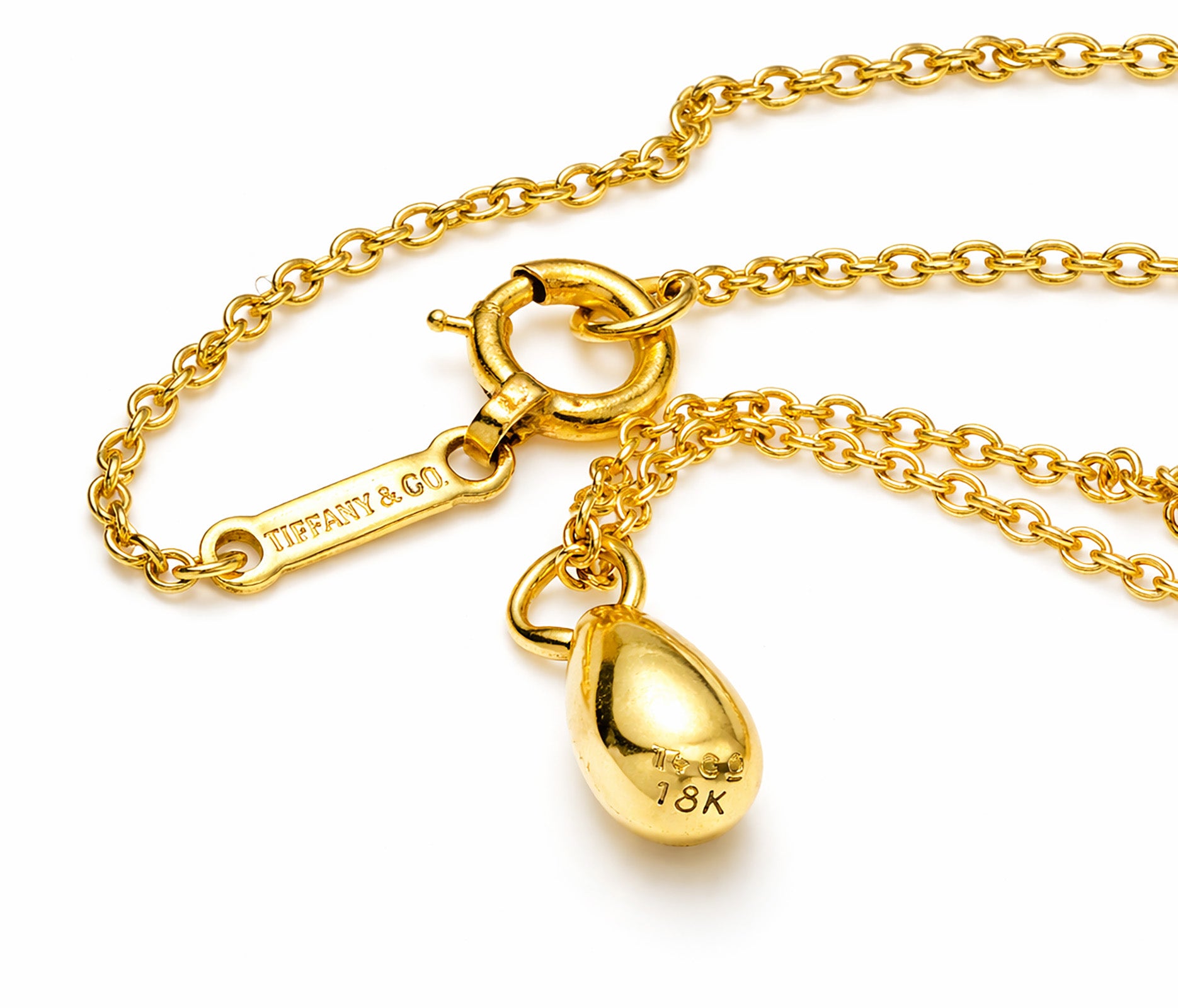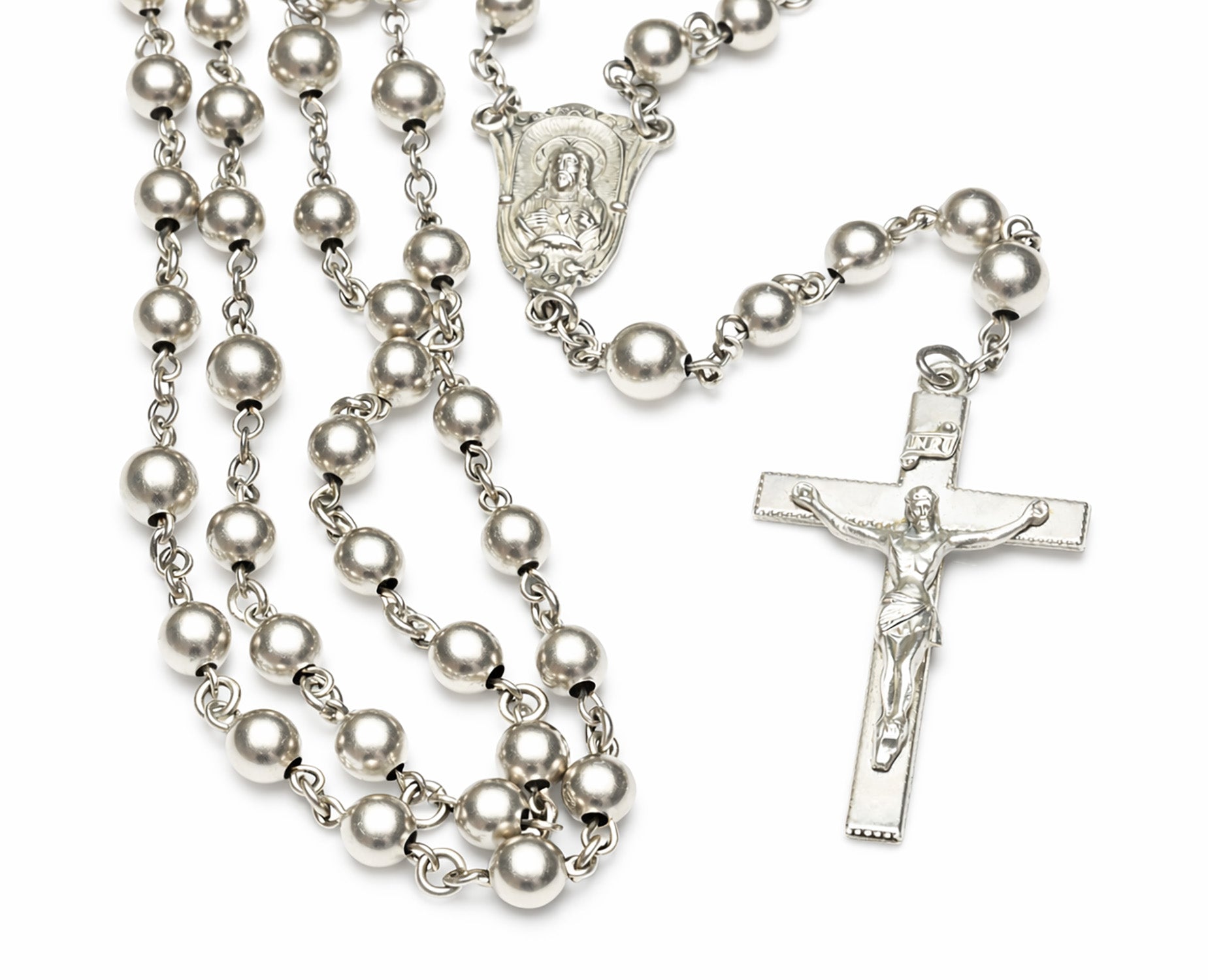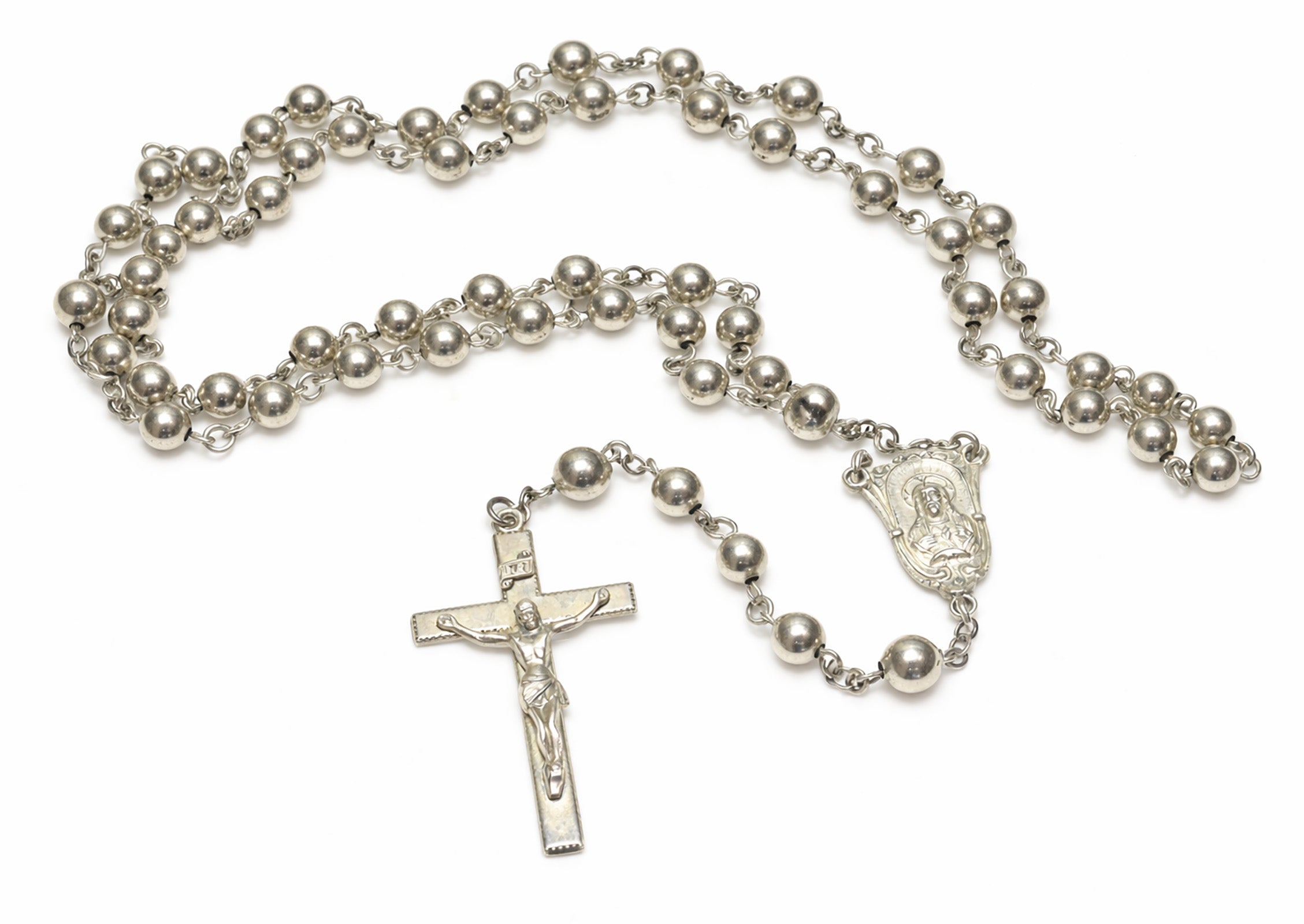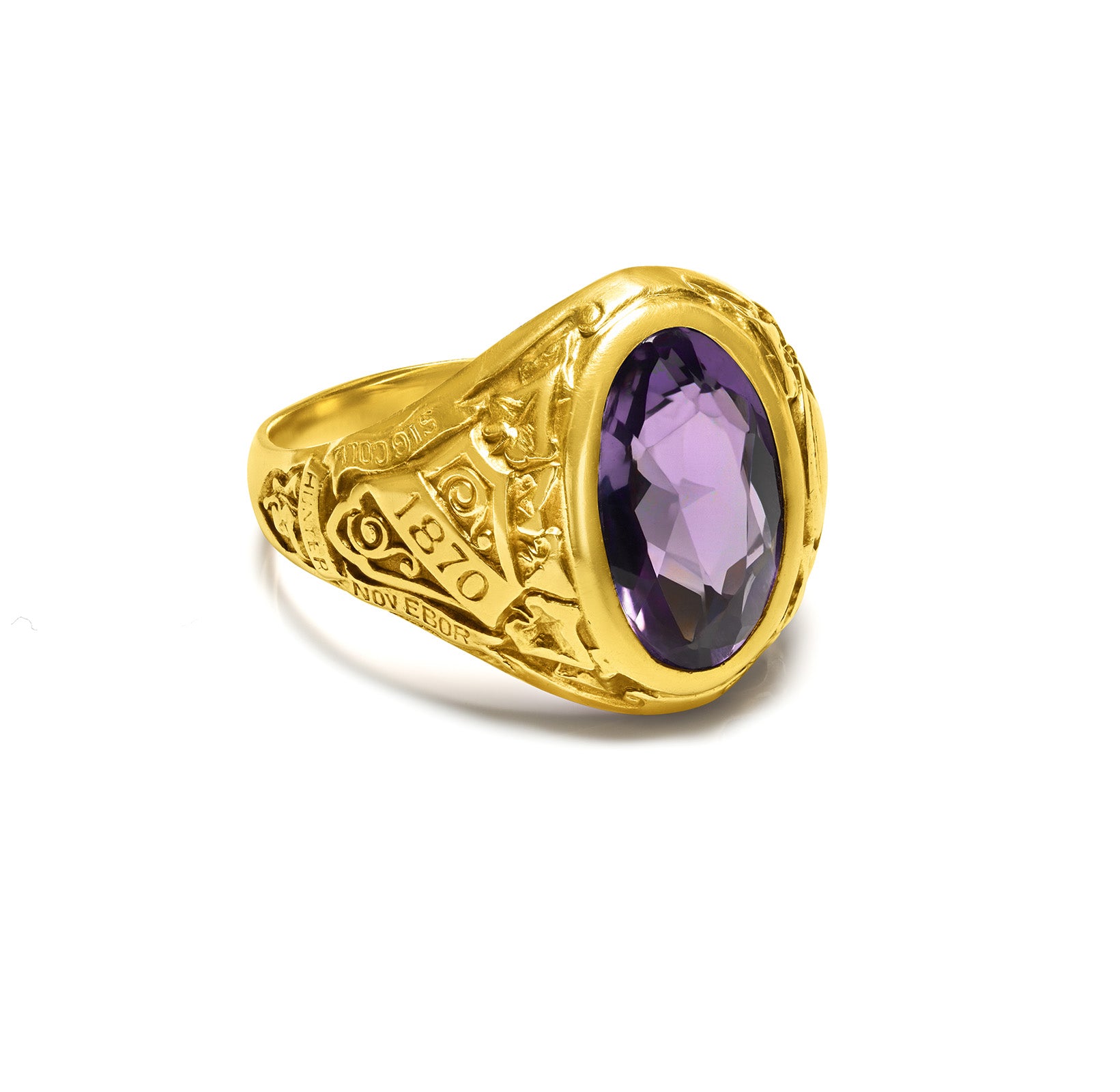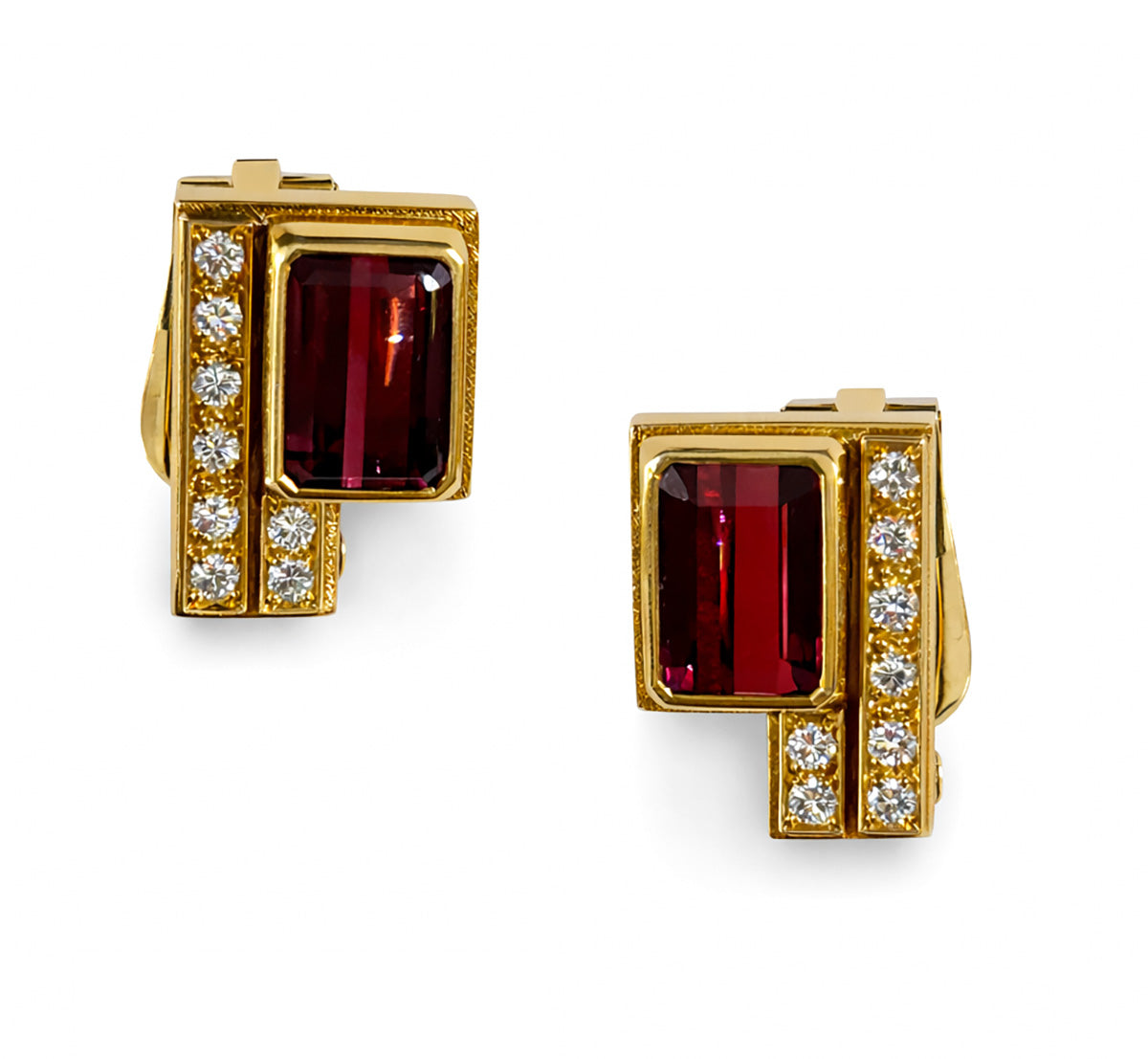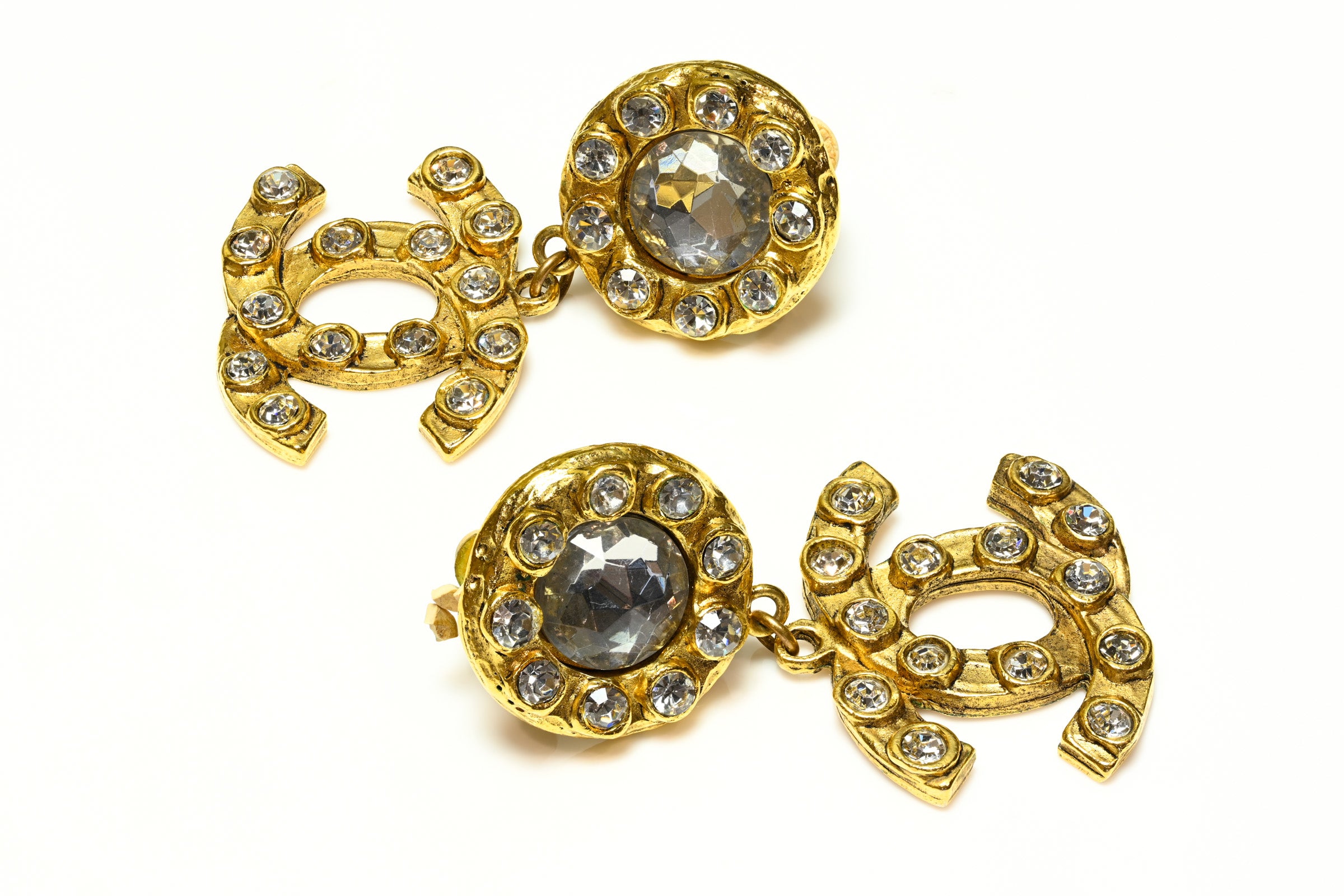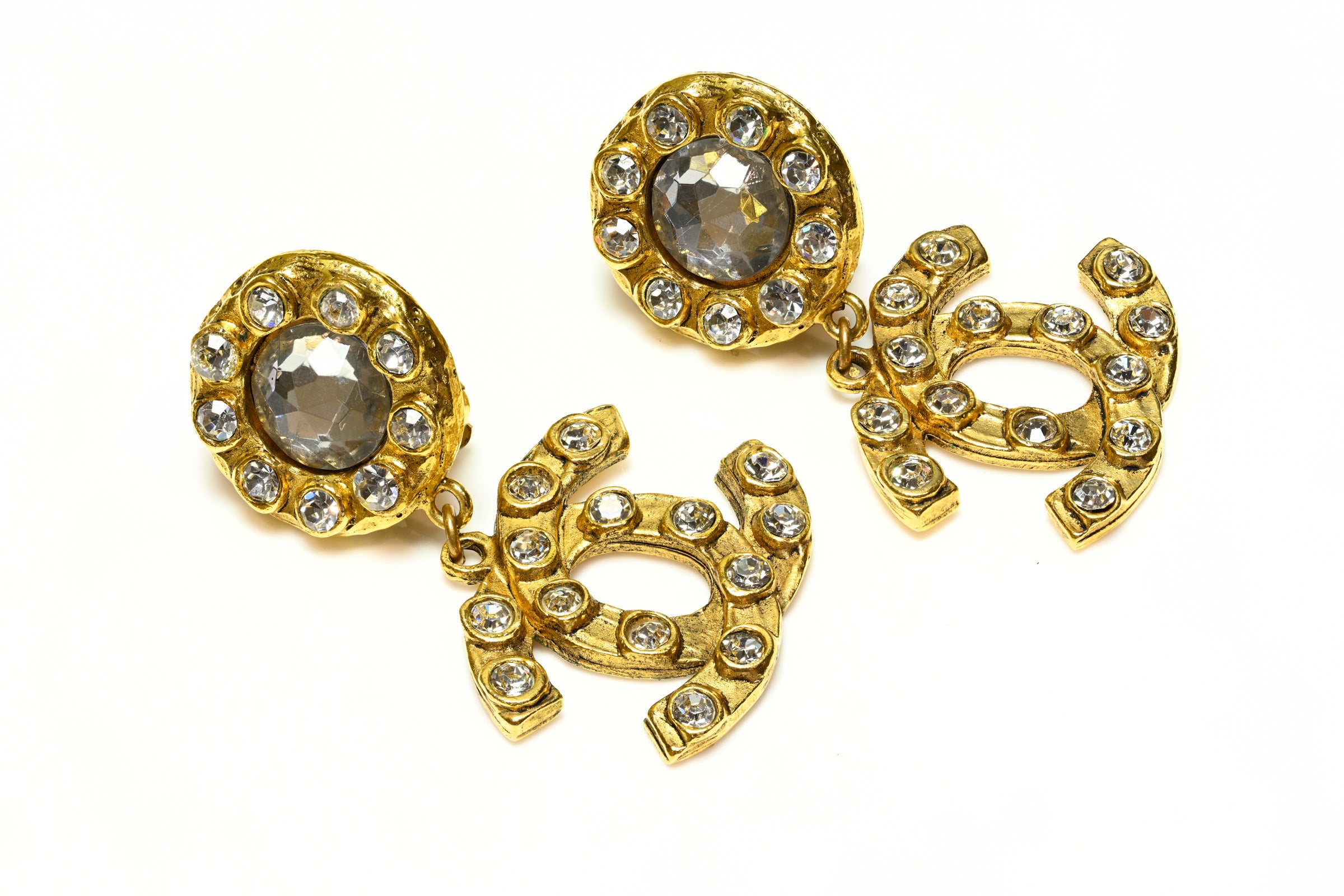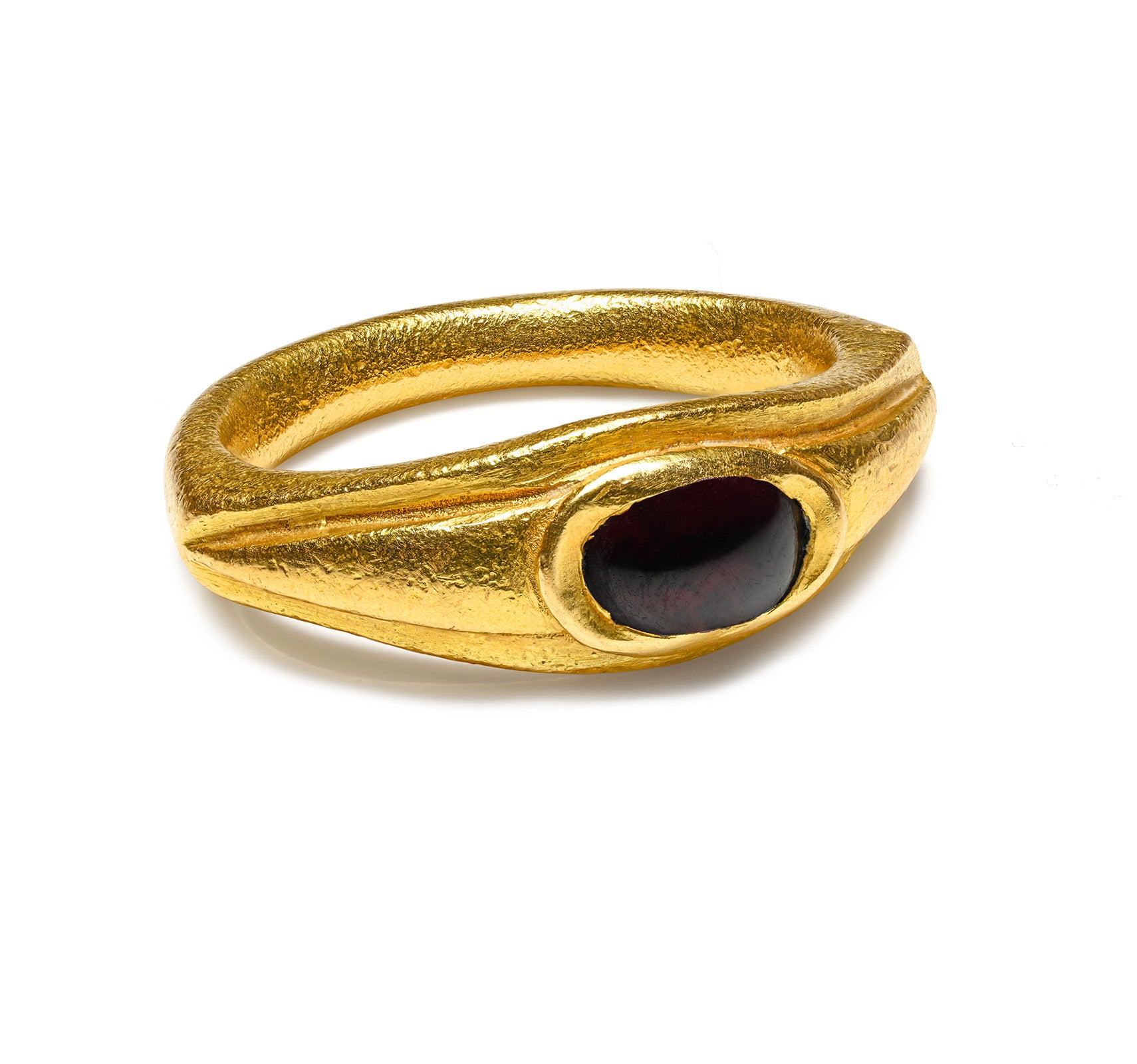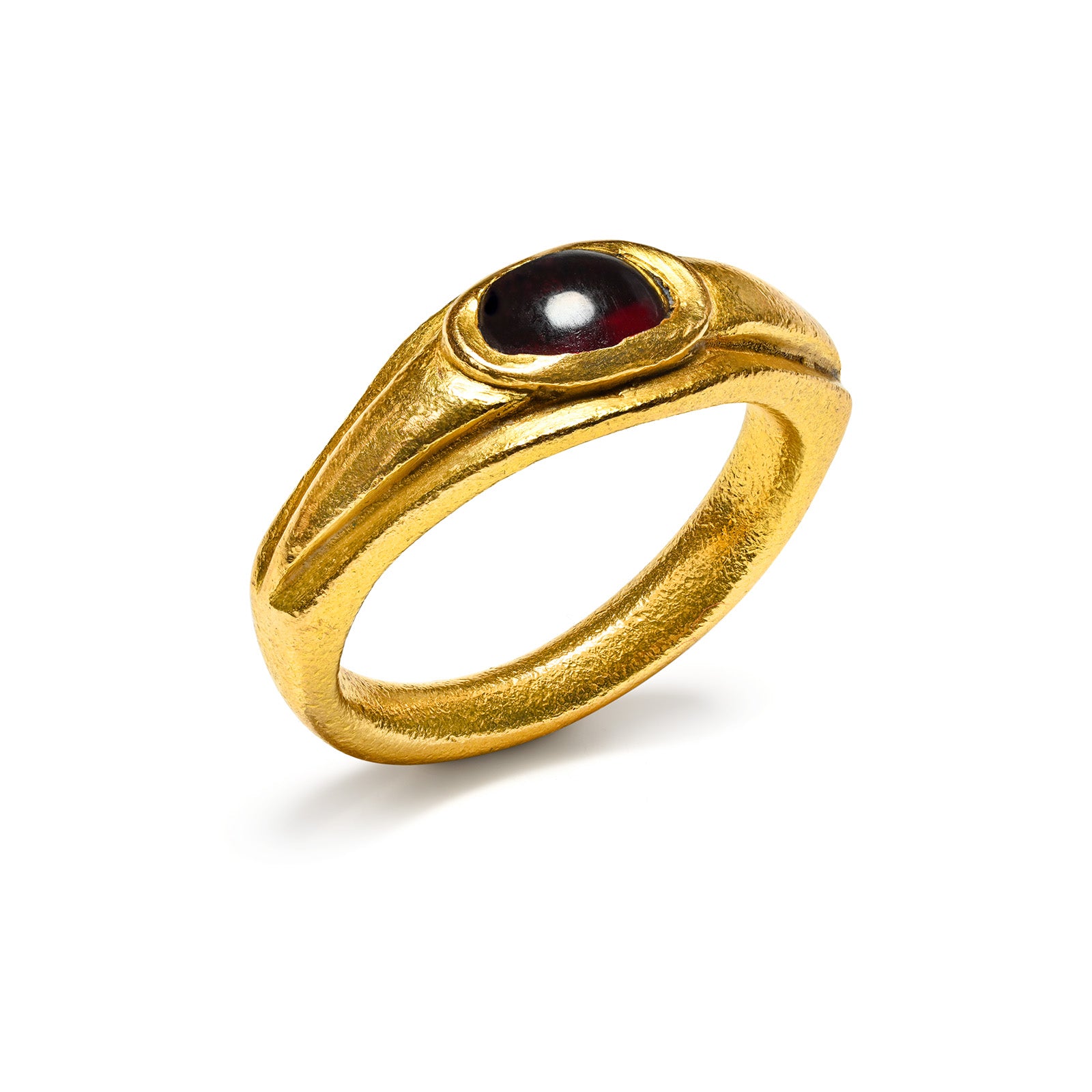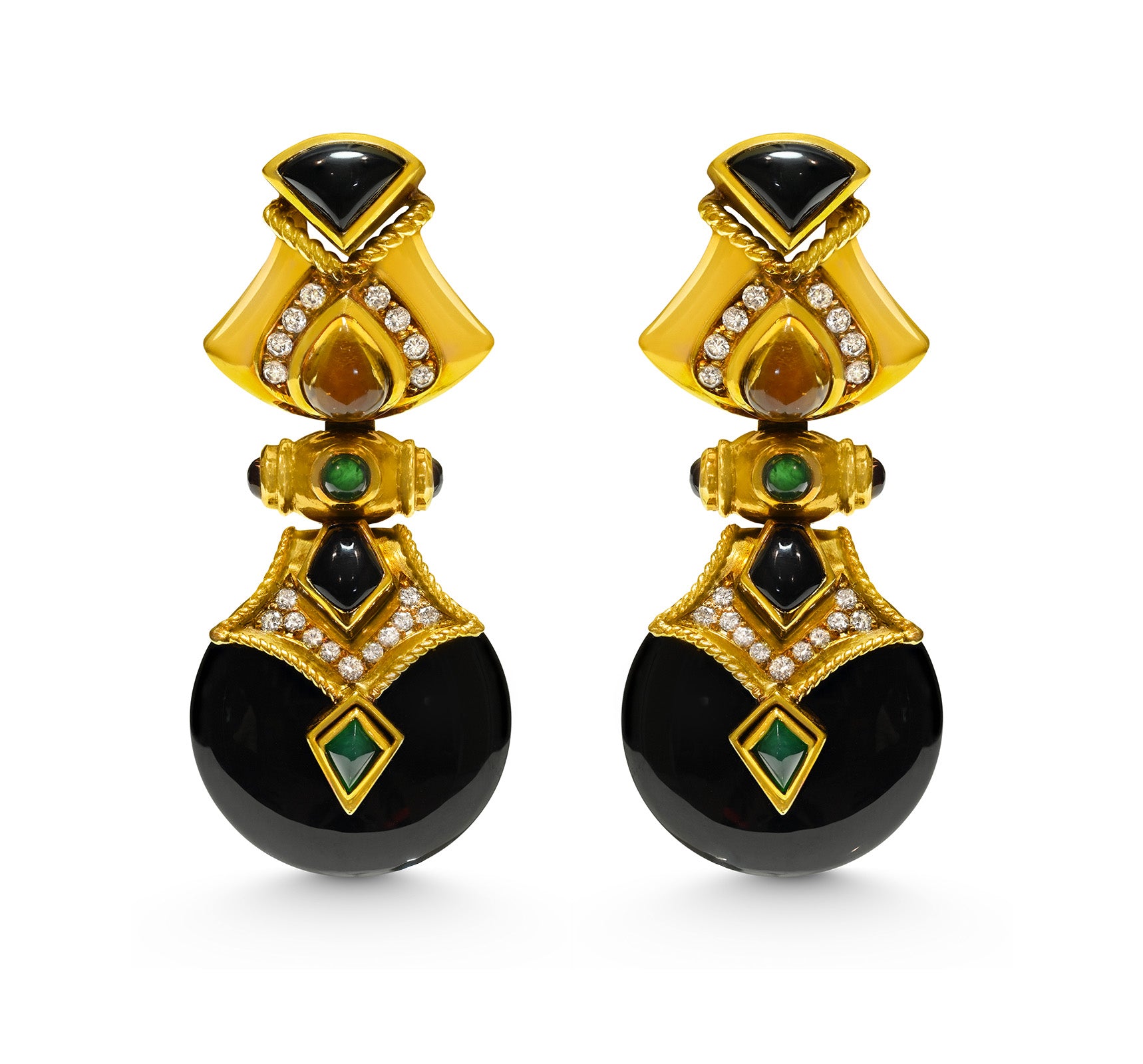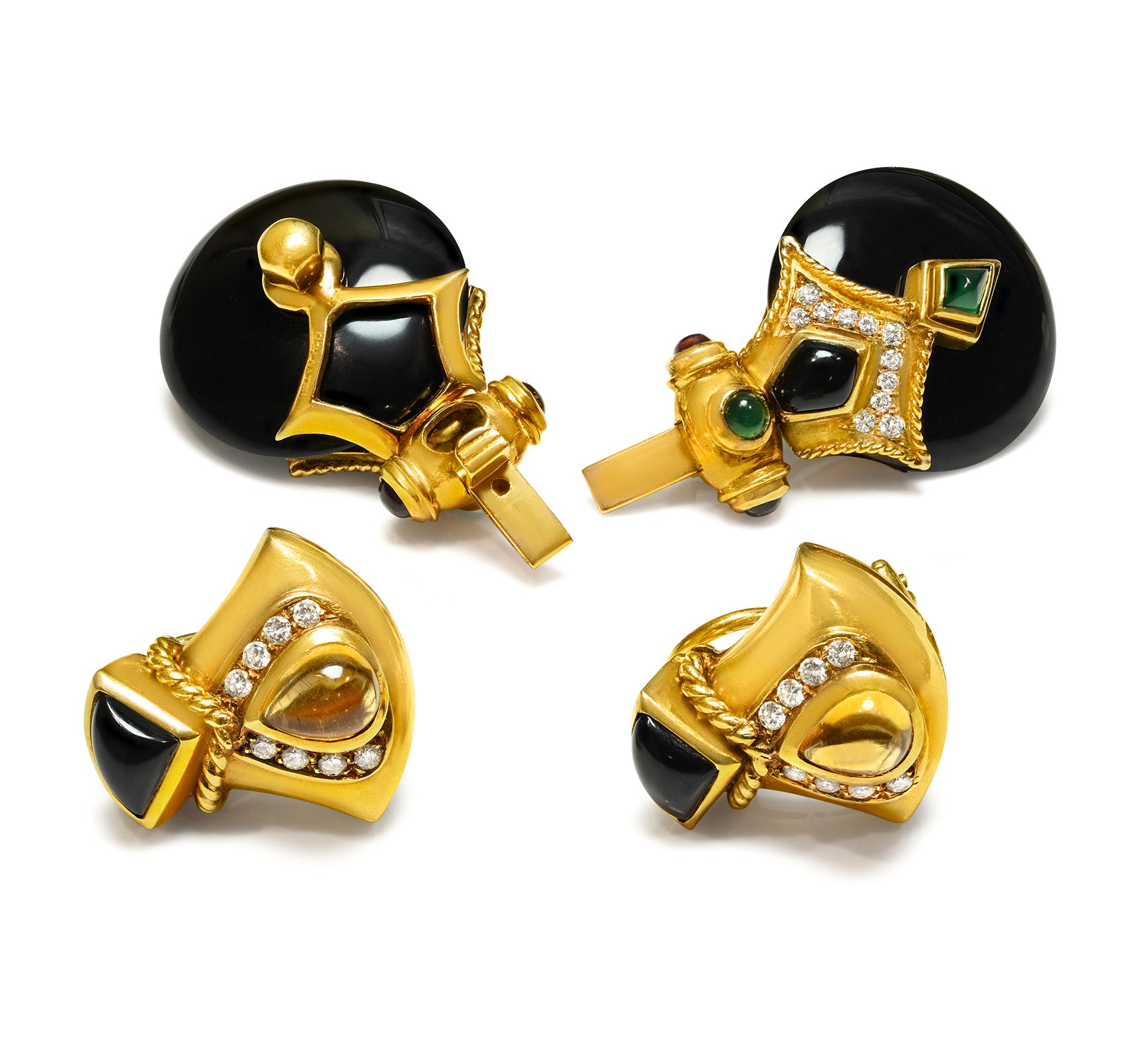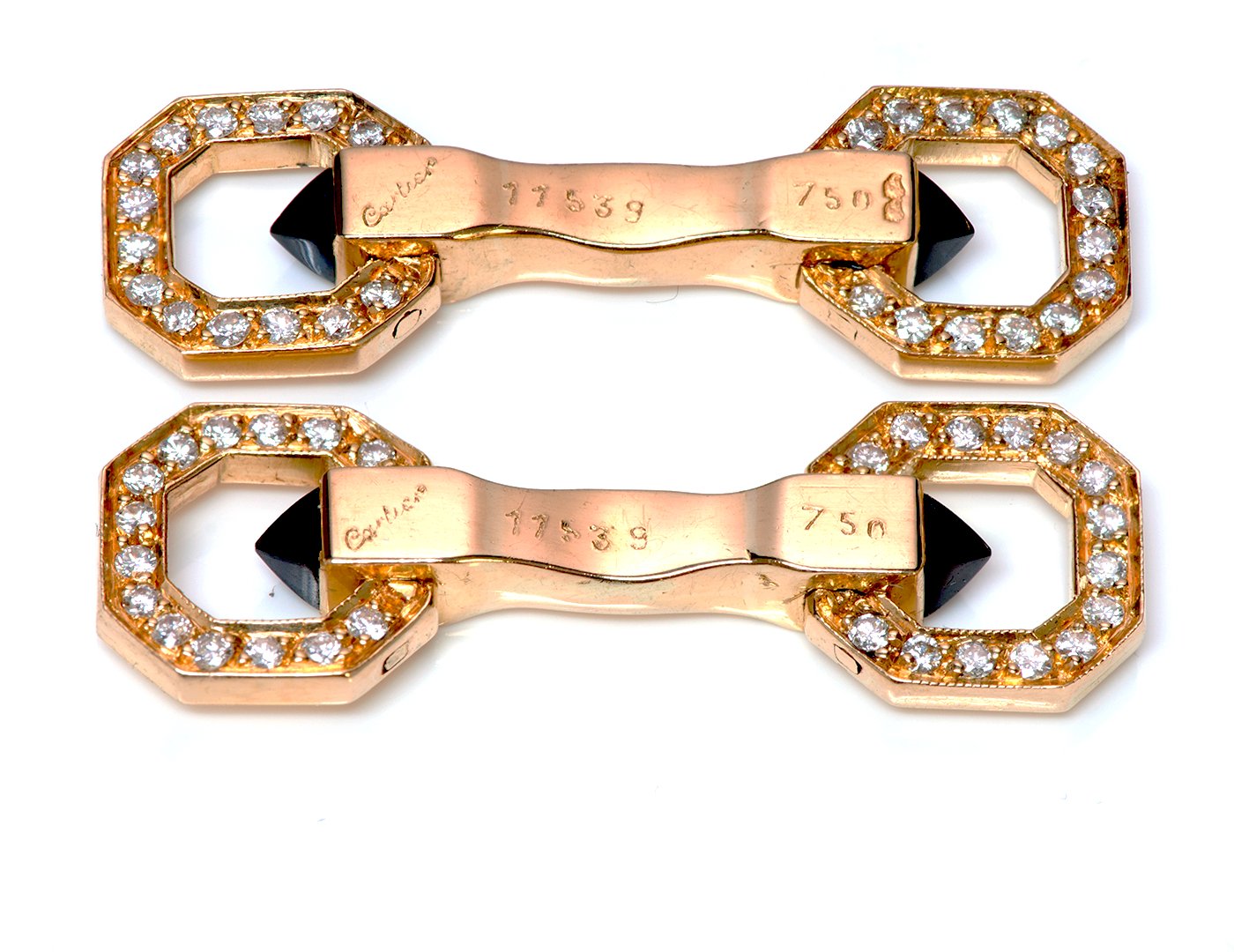
Jewelry Hallmarks Guide: How to Identify Authenticity
Jewelry hallmarks are small but significant stamps or engravings found on precious metal items like rings, necklaces, bracelets, and even silverware. These marks act as an official guarantee of the metal's content and quality.
When wondering what is a hallmark or trying to understand the hallmark meaning, think of it as a coded certificate—directly on your jewelry—offering proof of authenticity, origin, and sometimes the year it was made.

The Importance of Jewelry Hallmarks
Jewelry hallmarks are crucial in the industry as they help verify authenticity and determine value. These small but important marks stamped on jewelry pieces contain vital information about the metal's quality, the manufacturer, and sometimes even the date and location of testing.
Authenticity Verification
- Purity Marks: One of the essential aspects of jewelry hallmarks is to indicate the metal content. For instance, a hallmark might show that a piece is made from 18k gold (75% gold content), ensuring that the buyer gets what they pay for.
- Maker’s Marks: These identify the craftsman or brand responsible for creating the piece. Such marks add provenance and can significantly enhance a piece's value, especially if it comes from a renowned jeweler.
Protecting Consumers
- Counterfeit Detection: Hallmarks act as a safeguard against counterfeit items. Unscrupulous sellers might attempt to pass off lower-quality metals as high-value ones. By understanding how to read hallmarks, consumers can verify authenticity and avoid being deceived.
- Regulatory Assurance: Many countries have stringent laws governing hallmarking practices. For example, in the UK, jewelry must meet minimum standards of purity to be legally sold as precious metal items. This regulatory framework helps protect consumers by ensuring that only genuine products reach the market.
Increased Trust in Transactions
Jewelry hallmarks instill confidence in both buyers and sellers. When purchasing or selling an item, knowing its true composition and origin allows for fair pricing and reduces disputes over quality. This transparency is particularly crucial in high-value transactions where even slight variations in metal content can lead to significant differences in price.
Understanding these markings goes beyond mere knowledge; it empowers individuals within the market to make informed decisions, ultimately fostering trust and integrity in the jewelry industry.

A Brief History of Jewelry Hallmarks
Hallmark history stretches back centuries and is rooted in the need for trust when trading precious metals. The story begins in medieval England, where the practice of marking metal objects for quality assurance was formalized under the reign of King Edward I.
Origins in Medieval England
In 1300, King Edward I instituted regulations requiring all gold and silver items manufactured or sold in England to be tested, or “assayed,” for purity. Items that met the standard were stamped with an official mark—an early form of what we now call a hallmark.
The Worshipful Company of Goldsmiths, established in London, played a pivotal role by overseeing this process. Their headquarters, Goldsmiths' Hall, became so synonymous with quality control that it lent its name to the term “hallmark.”
Early hallmarks typically included a leopard’s head (the city mark for London), alongside other symbols denoting compliance with royal standards.
Evolution Through Historical Periods
Hallmarking systems evolved alongside society, reflecting tastes and technologies of each era.
Georgian Period (1714–1837)
This era saw more systematic use of hallmarks, including date letters to indicate the year an item was assayed. Ornate creator’s marks became common, often using initials or symbols unique to each artisan.
Victorian Era (1837–1901)
Industrialization led to greater production volumes. Hallmarks became essential for distinguishing machine-made from handcrafted pieces. More assay offices were established across Britain, each introducing their own city marks—such as Birmingham’s anchor or Sheffield’s crown.
Art Deco Era (1920s–1930s)
The rise of global trade influenced hallmarking laws beyond Britain. Countries like France developed their own comprehensive systems; the French “Minerva head” mark for silver is one celebrated example. Art Deco jewelry often features intricate combinations of maker’s marks and purity stamps reflecting both artistry and regulatory compliance.
“The hallmark is not just a stamp—it is a bridge between eras, artisanship, and authenticity.”
Contemporary hallmarking practices still draw on these rich traditions while adapting to new materials and international standards. Understanding this lineage allows collectors and buyers to decode subtle clues about a piece’s origin and journey through time.

Decoding Different Types of Jewelry Hallmarks
Jewelry hallmarks are important marks that provide information about a piece's origins, materials, and authenticity. Here are the main types of hallmarks you will come across:
1. Purity or Fineness Marks
Purity marks indicate the metal content of a jewelry item.
For gold jewlery, purity is often expressed in karats (K) or millesimal fineness:
- Karat System: Common stamps include 9K (37.5%), 10K (41.7%), 14K (58.3%), 18K (75%), and 24K (99.9%).
- Millennial Fineness Scale: Stamps like 585 for 14K gold, 750 for 18K gold, and 999 for pure gold.
For silver jewelry:
- Sterling Silver: Marked with "925," indicating 92.5% pure silver.
- Other purity marks can include "800" or "958," depending on regional standards.
2. Maker’s Marks
Maker’s marks are unique symbols or initials stamped by the manufacturer or artisan who created the piece. These marks help identify the origin and sometimes the era of production:
- Cartier: Often uses an intertwined double-C logo.
- Tiffany & Co.: Known for its simple "T & Co." mark.
3. Assay Office Marks
Assay office marks denote where the metal was tested and verified for its purity. Different countries have various symbols to represent their assay offices:
- In the United Kingdom, hallmarking is conducted by several offices like London, Birmingham, Sheffield, and Edinburgh with respective symbols.
- French assay marks often feature an eagle's head for gold and a Minerva's head for silver.
4. Date Letters
Date letters indicate when the piece was made, adding another layer of historical context:
- British date letters follow an alphabetical cycle with a change in font or case each year.
- Other countries may use specific symbols or number codes to denote dates.
Understanding these types of hallmarks allows collectors and buyers to make informed decisions about their jewelry purchases. Identifying purity marks ensures you're aware of the metal's value, while maker’s marks provide insight into the craftsmanship and origin.
Assay office marks guarantee that the metal content has been independently verified, adding credibility to the piece. Finally, date letters can aid in dating a piece accurately, which is crucial for historical valuation.
By familiarizing yourself with these hallmark types, you gain valuable knowledge that enhances your appreciation and understanding of fine jewelry.

Jewelry Hallmarking Systems Around the World
Jewelry Hallmarks are a reflection of local customs, legal frameworks, and cultural priorities. Different hallmarking systems have developed on almost every continent, each with its own way of certifying gold fineness standards, silver hallmark regulations, and purity in platinum, titanium, and other precious metals.
European Hallmarking Traditions
United Kingdom:
The UK has one of the oldest and most complex hallmarking systems in the world, which has been enforced by law since the 1300s.
Pieces usually have three or more marks: an assay office mark (lion for London, anchor for Birmingham), a standard/purity mark (e.g., “925” for sterling silver or the crown for gold), a maker’s mark, and often a date letter. British hallmarks for platinum use the “950” fineness standard.
France:
French jewelry uses unique pictorial marks. For example:
- Gold is indicated by an eagle’s head (18K) or a scallop shell (14K).
- Silver bears the Minerva head for 95% purity. The French system is especially notable for its “poinçon de maître,” identifying small-scale artisan workshops.
Switzerland & Continental Europe:
Many countries adopted numeric marks such as “750” (75% gold) or “800”/“925” (silver content). The Common Control Mark (CCM) facilitates cross-border trade among signatory nations by providing a unified standard for gold and silver items.
North American Practices
United States:
U.S. law does not require hallmarks by government mandate; instead, voluntary standards prevail. Stamps such as “10K,” “14K,” or “18K” indicate gold content, while “925” designates sterling silver.
Trademarks or manufacturer’s symbols are common but not legally required unless a purity stamp is present. Platinum pieces must be at least 950 parts per thousand pure to be called "platinum" in the U.S.
Canada:
Canadian hallmarking follows British legacy with optional use of crown-and-number stamps. Bilingual marks (“OR” for gold/french) may appear alongside numeric fineness standards.
Asian Approaches to Jewelry Hallmarks
India:
Bureau of Indian Standards (BIS) oversees hallmarking. BIS marks include:
- The BIS logo
- Purity in karat/fineness
- Assaying center identification
- Year of marking Gold jewelry is often marked as “22K916” for traditional high-karat pieces.
China & Hong Kong:
Chinese hallmarks tend to use both characters and numbers: e.g., “足金999” (“pure gold 999‰”), sometimes paired with a manufacturer code. Hong Kong employs international numeric standards: “750,” “585,” etc., along with Chinese characters denoting metal type.
Middle East & Gulf Countries
Dubai & UAE:
Strict government-controlled testing ensures all precious metal items bear an official quality control mark—gold may be certified as 21K (87.5%), 22K (91.6%), or 24K (99.9%).
Turkey & Egypt:
Turkish hallmarks feature star-and-crescent motifs with numbers indicating purity. Egyptian marks include Arabic numerals and pictograms specifying both metal type and city of assay.
Modern Trends: Platinum, Palladium & Titanium
Countries like Japan, Switzerland, and Germany have foregrounded new metals:
- Platinum hallmarks often read "Pt950" or "Plat," with additional symbols per national regulation.
- Palladium uses stamps like "Pd950."
- Titanium, though less regulated due to its novelty in fine jewelry, may feature a simple "Ti" mark along with a maker's symbol when present.
Every region’s approach to Jewelry Hallmarks weaves together history, commerce, and consumer protection—creating a global language inscribed in tiny but meaningful stamps.
Understanding these diverse hallmarking systems arms buyers with crucial insight when navigating international markets or verifying heirloom treasures.
Finding Hallmarks on Your Jewelry Pieces
Hallmarks are often discreet, requiring a trained eye—and sometimes a magnifier—to spot them. Their location varies by the type of jewelry, and understanding where to look is crucial for both collectors and everyday wearers.
Rings: Where Tradition Meets Precision
When it comes to ring hallmarks location, jewelers typically choose the inner surface of the band. This area is protected from daily wear and minimizes abrasion.
- Inside the band: Most gold, silver, or platinum rings bear their marks here. Slide the ring off and tilt it under a light to reveal tiny stamps.
- Stackable or ornate rings: For multi-band or heavily engraved rings, hallmarks might appear under one of the bands or on a smoother section for better legibility.

Bracelets: Focus on Clasps and Links
Bracelet clasp marks are among the most reliable identifiers for quality pieces.
- Near or on the clasp: Spring clasps, box clasps, and lobster clasps often feature hallmark stamps due to their durability.
- End links: Some bracelets have marks stamped onto the last link adjacent to the clasp.
Tip: Flexible bangles may display hallmarks on an inside flat surface instead of a clasp.
Necklaces and Chains: Subtlety in Fastenings
Hallmarks on necklaces and chains are commonly found in areas that experience less friction.
- Tag near the clasp: Many chains include a small attached tag with purity marks or maker’s initials.
- Directly on the clasp: Look for tiny stamps on lobster, spring ring, or toggle fastenings.
- On a discreet link: In some designs, you’ll find hallmarks stamped into one of the final links close to the closure.
Earrings: Small but Significant Markings
Earrings provide limited space but still carry essential hallmark information.
- Post or stem: Stud earrings often feature marks along the post itself—examine carefully with good lighting.
- Backings: Some earring backs are stamped with purity numbers or makers’ symbols.
- Hoops and drops: Larger earrings sometimes have marks inside the hoop or near hinges.
Pro Tip: Use a jeweler’s loupe (10x magnification) for best results when searching for elusive hallmarks—especially on vintage pieces where wear can obscure details.
Careful inspection ensures that nothing is overlooked. Even intricate or antique jewelry will often preserve at least a partial hallmark in these classic locations. Recognizing these subtle placements elevates your confidence as both buyer and curator.
Tools and Resources for Identifying Jewelry Hallmarks
To become skilled at identifying jewelry, you need to have the right tools and reference materials readily available. Even experienced collectors depend on specific instruments and detailed guides to understand those small, intricate symbols that set one piece apart from another.
Essential Tools for Examining Hallmarks
1. Jeweler’s Loupe
A jeweler’s loupe is essential for closely examining small hallmarks. The standard magnification is 10x, which provides just enough detail without distortion. Loupes come in various styles—folding, illuminated, or even attached to spectacles—making them practical for both professionals and hobbyists.
2. Magnifying Glasses & Microscopes
For particularly faint or worn hallmarks, a bench-top magnifier or digital microscope can reveal details invisible to the naked eye.
3. Cleaning Cloths
Dust and grime can obscure marks. A soft, lint-free cloth ensures the hallmark area is clean before inspection.
Reference Books for Hallmark Identification
1. Jackson’s Hallmarks Pocket Edition
Widely considered a bible for identification hallmarks, this compact reference book offers detailed images and historical context for British silver, gold, and platinum marks. Its pocket size makes it ideal for trips to auctions or antique fairs.
2. The Book of Old Silver by Seymour B. Wyler
Focused on American and European silver marks, this book provides an extensive catalog of maker’s marks, purity stamps, and regional symbols.
Kovel’s Guide to Silver Marks is another popular source packed with illustrations that assist in quick hallmark comparison.
Online Databases & Digital Resources
1. Online Encyclopedia of Silver Marks, Hallmarks & Makers’ Marks
This comprehensive website covers marks from around the globe, making it easy to cross-reference obscure symbols or unfamiliar assay office stamps.
2. The Sheffield Assay Office Online Database
Offers searchable records for UK silver and gold objects, including date letters and sponsor’s marks.
Antique Jewelry University
Features visual glossaries with examples from renowned makers and regions.
Tip: High-resolution images from these databases are invaluable when comparing subtle differences in fonts or border shapes on a mark.
With these tools and resources at hand, even novices can approach identification jewelry projects with confidence. Matching hallmarks against authoritative references provides clarity about precious metal content, maker identity, and origin—a foundation for accurate authentication and appreciation of each unique piece.
The journey into hallmark exploration often leads directly into the world of renowned jewelers whose distinctive maker’s marks add further intrigue to the process of identification.
Recognizing Maker’s Marks from Renowned Jewelers
Understanding maker's marks is crucial for identifying the origins and authenticity of jewelry pieces. Prestigious brands such as Cartier and Tiffany & Co. have distinct maker’s marks that collectors and buyers should be familiar with.
Famous Maker's Marks
1. Cartier
Known for luxurious and innovative designs, Cartier often includes its name in script or block letters. An example is the Cartier Retro Fluted Gold Arrowhead Dress Clips, which bear the hallmark "Cartier" along with additional marks indicating the item's gold purity and origin.
2. Tiffany & Co.
This iconic American jeweler uses a simple yet recognizable "Tiffany & Co." inscription. Pieces like their classic engagement rings will feature this hallmark alongside purity stamps.
Stylistic Elements for Dating Pieces
Stylistic elements can provide valuable clues for dating and authenticating jewelry:
- Design Trends: Each era has distinctive design trends. For instance, Art Deco pieces often feature geometric shapes and bold colors, while Victorian jewelry is characterized by intricate filigree work and romantic motifs.
- Craftsmanship Techniques: Examining the craftsmanship can reveal information about the period it was made. Handmade details are typical of earlier periods, whereas modern pieces might exhibit precision machining.
Combining knowledge of maker’s marks with an understanding of stylistic elements offers a comprehensive approach to authenticating and dating jewelry. Spotting these nuances helps ascertain the piece's historical context, enhancing its value in collections.
Recognizing these marks not only assures buyers of authenticity but also enriches their appreciation of the craftsmanship and heritage behind each piece.
This appreciation extends beyond mere aesthetics; it also encompasses understanding the history behind different styles such as enamel jewelry, which adds another layer of depth to one's knowledge in the world of fine jewelry.

The Role of Hallmarks in Jewelry Authentication and Valuation
Hallmarks are crucial in the process of authenticating jewelry. These marks serve as undeniable proof of the precious metal content, ensuring that buyers receive genuine and high-quality pieces.
For example, a hallmark indicating 18K gold guarantees that the item contains 75% pure gold. This verification is vital for maintaining trust between sellers and buyers.
Authenticating Precious Metal Content and Craftsmanship
Jewelry hallmarks are essential for confirming the authenticity of precious metals. By examining these marks, experts can determine whether a piece meets the required standards for purity:
- Gold Hallmarks: Indicate karatage (e.g., 14K, 18K) or millesimal fineness (e.g., 585 for 58.5% gold).
- Silver Hallmarks: Commonly feature stamps like "925" for sterling silver.
- Platinum Marks: Often include purity indicators such as "950".
These hallmarks not only assure the metal's authenticity but also reflect the craftsmanship involved in creating the piece. Maker’s marks signify the artisan or company responsible for its creation, adding an element of prestige and quality assurance.
Establishing Origin and Production Date for Valuation
Hallmarks are also important tools for establishing the origin and production date of jewelry. Assay office marks indicate where the metal was tested and verified, providing geographical information that can enhance a piece's historical significance. Date letters included in hallmarks help pinpoint when a piece was made:
- Date Letters: Specific alphabetic characters representing particular years.
For instance, a hallmark with specific date letters from Birmingham Assay Office can reveal not just the year but also regional craftsmanship styles prevalent during that period.
Understanding these details allows appraisers to accurately value jewelry pieces, taking into account factors like age, origin, and maker reputation. Therefore, hallmarks are indispensable in determining both monetary worth and collectible value.
As essential identifiers, hallmarks offer invaluable insights into a jewelry piece's provenance, purity, and craftsmanship. Their role extends beyond mere stamps—they are trusted symbols that affirm authenticity and enhance valuation accuracy. For more on understanding these critical aspects of jewelry hallmarks, you might find this resource helpful.

Debunking Common Myths About Jewelry Hallmarks
Identifying Forged or Fake Hallmarks Versus Genuine Ones
Detecting fake hallmarks is crucial for ensuring the authenticity of a jewelry piece. A few common signs can help identify forged marks:
- Inconsistent Markings: Genuine hallmarks are typically uniform in size and depth. If you notice uneven, faint, or overly deep stamps, they may be counterfeit.
- Incorrect Symbols: Familiarize yourself with standard hallmark symbols for different metals. An incorrect or unfamiliar mark likely indicates forgery.
- Location and Wear: Authentic hallmarks are usually located in specific places like inside ring bands or near bracelet clasps. Excessive wear around the hallmark area can be suspicious.
Clarifying Common Misunderstandings About Karat Stamps Versus Plating Indicators
Understanding the difference between karat stamps and plating indicators prevents confusion regarding metal purity:
Karat Stamps:
- Represent the purity level of gold.
- Examples include 10K (41.7% gold), 14K (58.3% gold), and 18K (75% gold).
- Typically found on solid gold pieces.
Plating Indicators:
- Signify that the item is coated with a thin layer of gold over a base metal.
- Common markings include GP (Gold Plated) and GF (Gold-Filled).
- These items have significantly less gold content compared to solid gold jewelry.
Recognizing these differences ensures buyers understand what they are purchasing and helps avoid misrepresentation of jewelry pieces.
Using trusted resources such as hallmark reference guides and consulting with professional jewelers further aids in distinguishing genuine hallmarks from fakes and clarifies any confusion regarding karat versus plating stamps.

The Importance of Jewelry Identification
Today, the importance of jewelry identification has never been clearer. With global trade, a resurgence of vintage styles, and increasingly sophisticated counterfeiting techniques, Jewelry Hallmarks have become essential protections for buyers, collectors, and professionals. These small symbols connect age-old traditions with modern transparency, establishing a basis for trust in every exchange.
1. Hallmarks as Modern Gatekeepers
Hallmarks act as silent witnesses to a piece's history by confirming its metal purity, origin, and maker. In a market overflowing with both mass-produced and handmade items, these marks help distinguish genuine treasures from replicas.
2. Empowering Buyers & Collectors
Thanks to accessible information and specialized tools, anyone can now become a more discerning evaluator of jewelry. Reliable hallmark guides, online databases, and expert consultations enable individuals to decipher even the most complex marks.
By mastering the skill of hallmark identification, you gain the power to invest confidently and safeguard treasured pieces for future generations.
When determining the authenticity of jewelry, it is crucial to prioritize trusted resources and conduct thorough examinations. Instead of solely relying on intuition or claims made by sellers, allow hallmarks—and your ability to understand them—to guide your decision-making process.
The lasting significance of Jewelry Hallmarks serves as both reassurance and motivation for all those who appreciate quality craftsmanship, rich history, and artistic expression in their accessories.

FAQs (Frequently Asked Questions)
What is the significance of jewelry hallmarks in ensuring authenticity and quality?
Jewelry hallmarks serve as official marks stamped on precious metal items to certify their authenticity, purity, and quality. They provide buyers and collectors with assurance about the metal content and craftsmanship, enabling informed purchasing decisions.
How did the practice of hallmarking originate and evolve over time?
Hallmarking began in medieval England under King Edward I as a way to regulate precious metals. Over time, hallmarking systems developed through various historical periods such as the Georgian, Victorian, and Art Deco eras, adapting to changing standards and styles.
What are the different types of jewelry hallmarks and what do they indicate?
Jewelry hallmarks include purity or fineness marks indicating metal content, maker’s marks identifying the manufacturer, assay office marks showing where the item was tested, and date letters denoting the year of assay. Each mark provides specific information essential for identification.
How do jewelry hallmarking systems vary around the world?
Regional variations exist in hallmarking practices, with different gold fineness standards, silver hallmark regulations, and symbols used across countries. Metals like gold, silver, platinum, and titanium may be subject to distinct hallmarking protocols depending on local laws and traditions.
Where can I find hallmarks on different types of jewelry pieces?
Hallmarks are typically located in discreet areas such as the inside band of rings, on bracelet clasps, earring backs, or chain clasps. Knowing where to look helps in verifying authenticity without damaging or altering the piece.
What tools and resources can help identify jewelry hallmarks accurately?
Tools like a jeweler’s loupe allow close examination of small or faint hallmarks. Reference materials such as Jackson’s Hallmarks Pocket Edition and online databases provide comprehensive information for identifying maker’s marks and assay symbols effectively.



